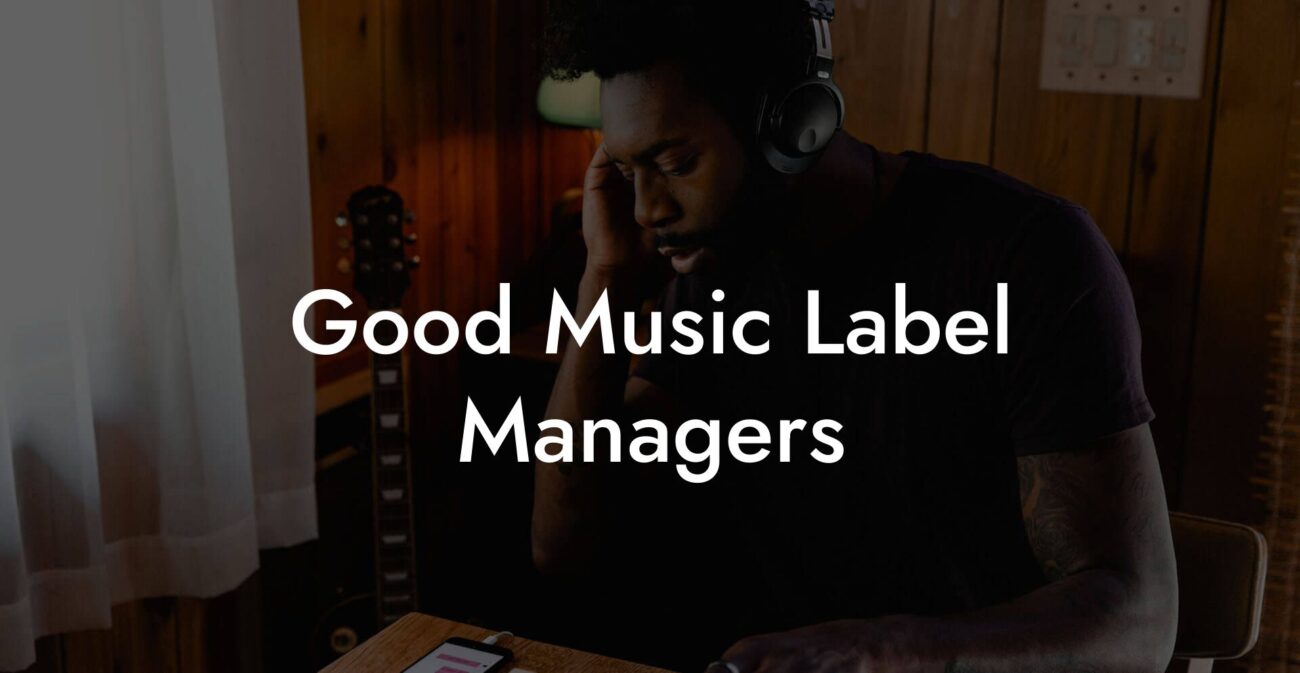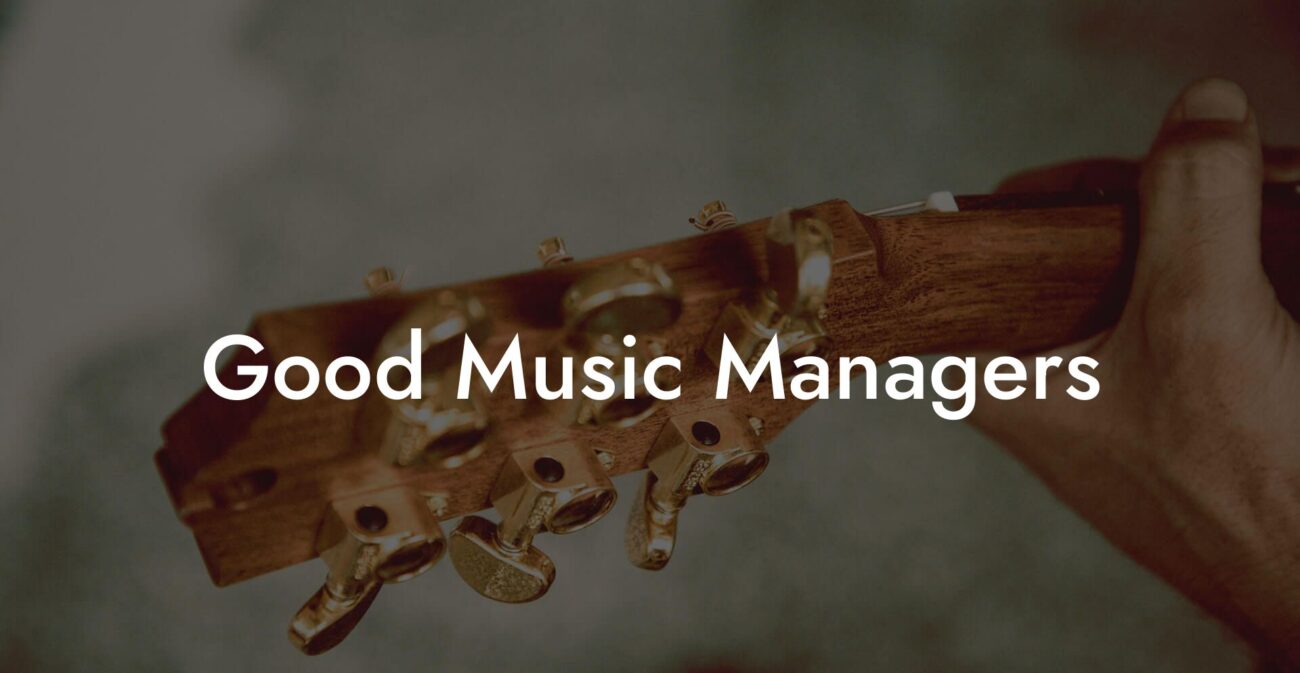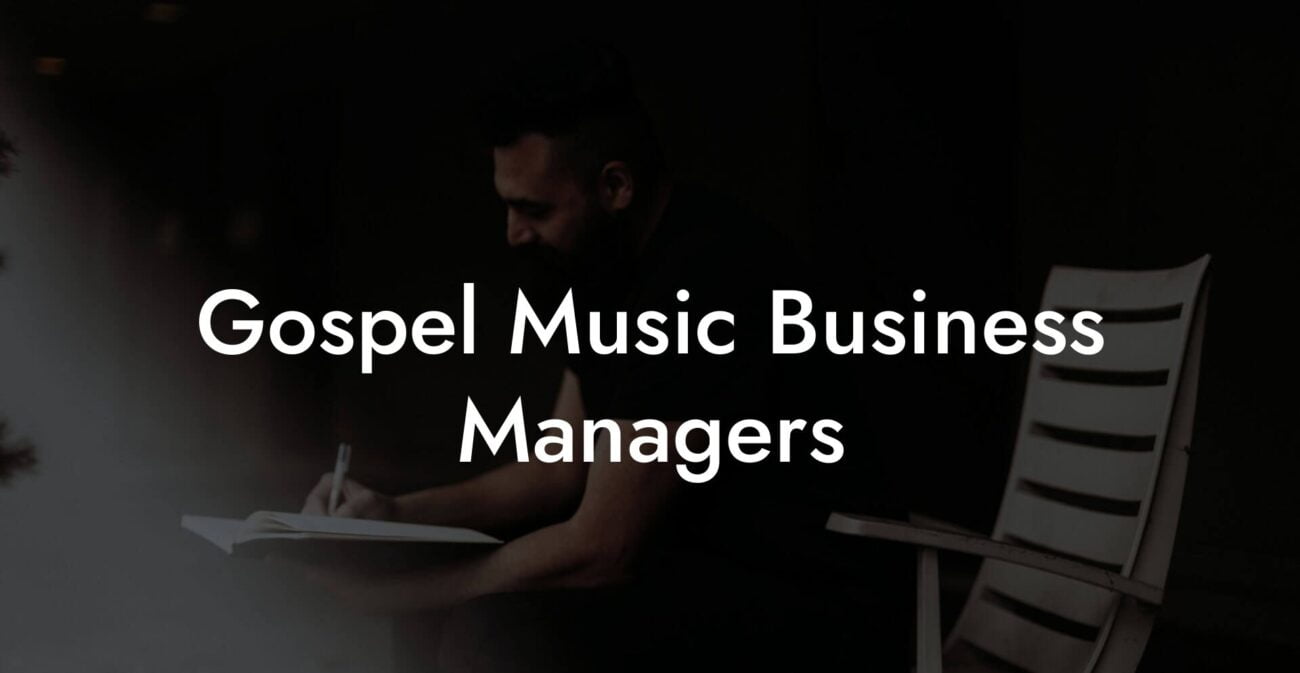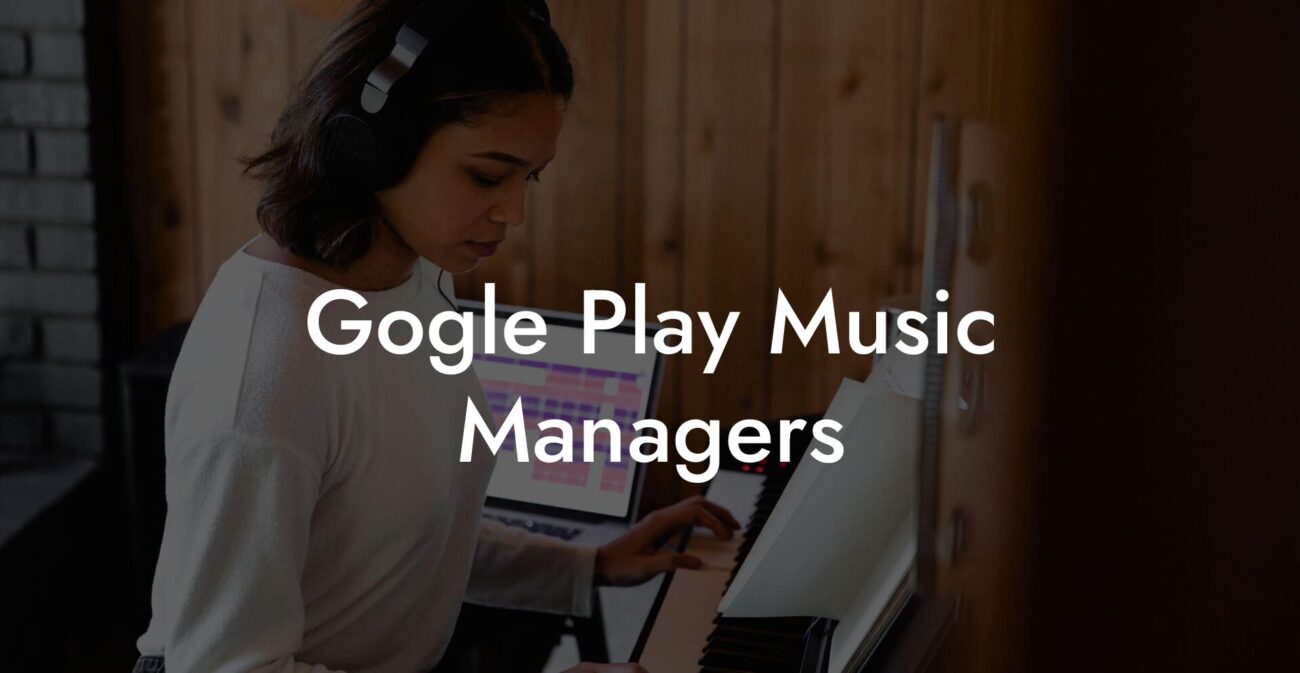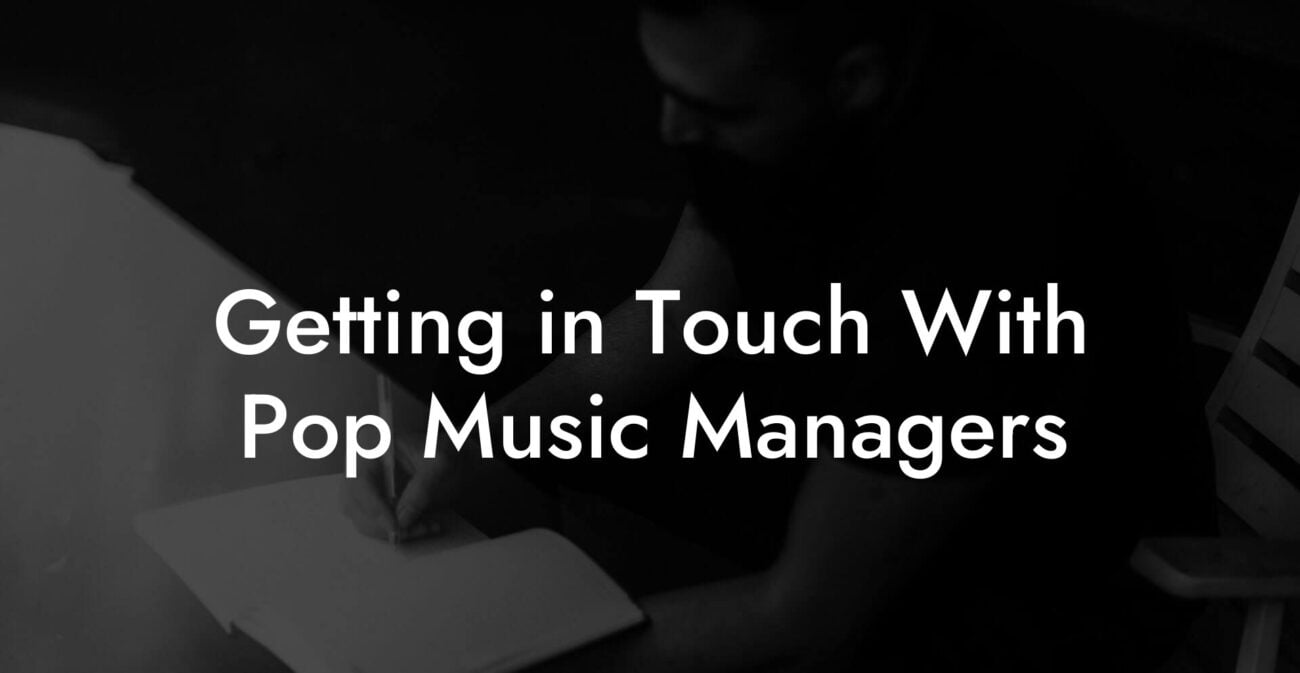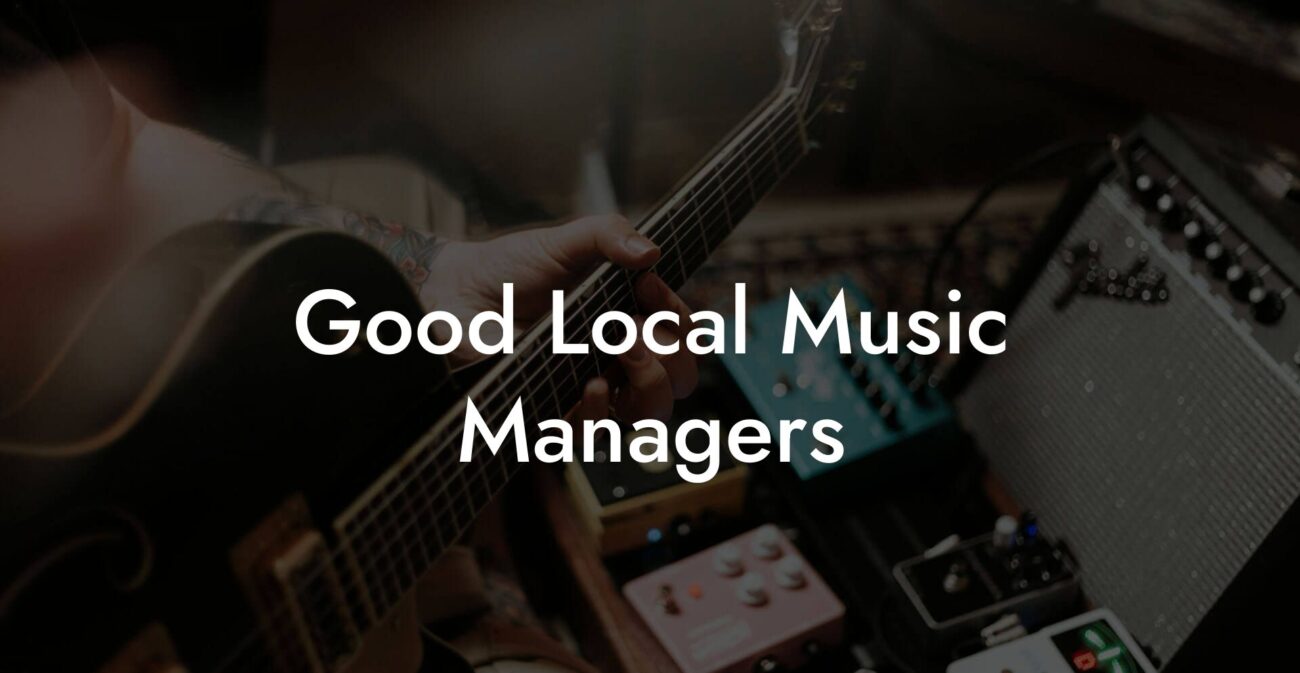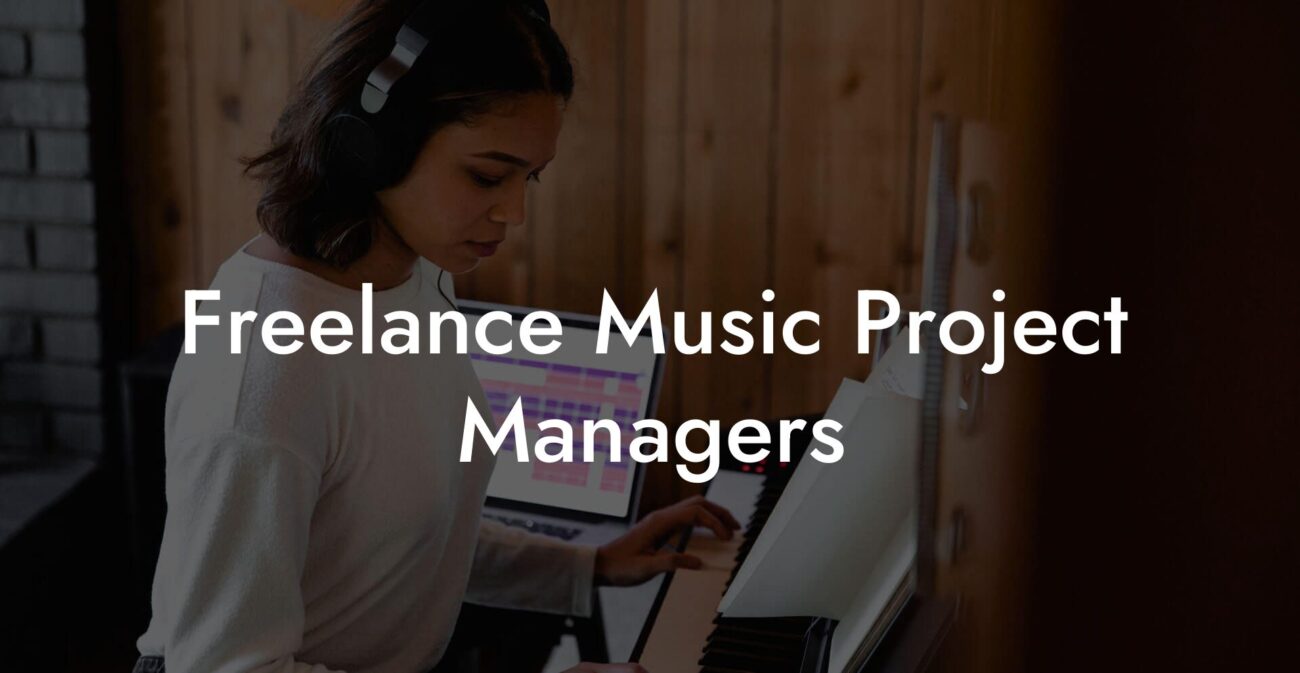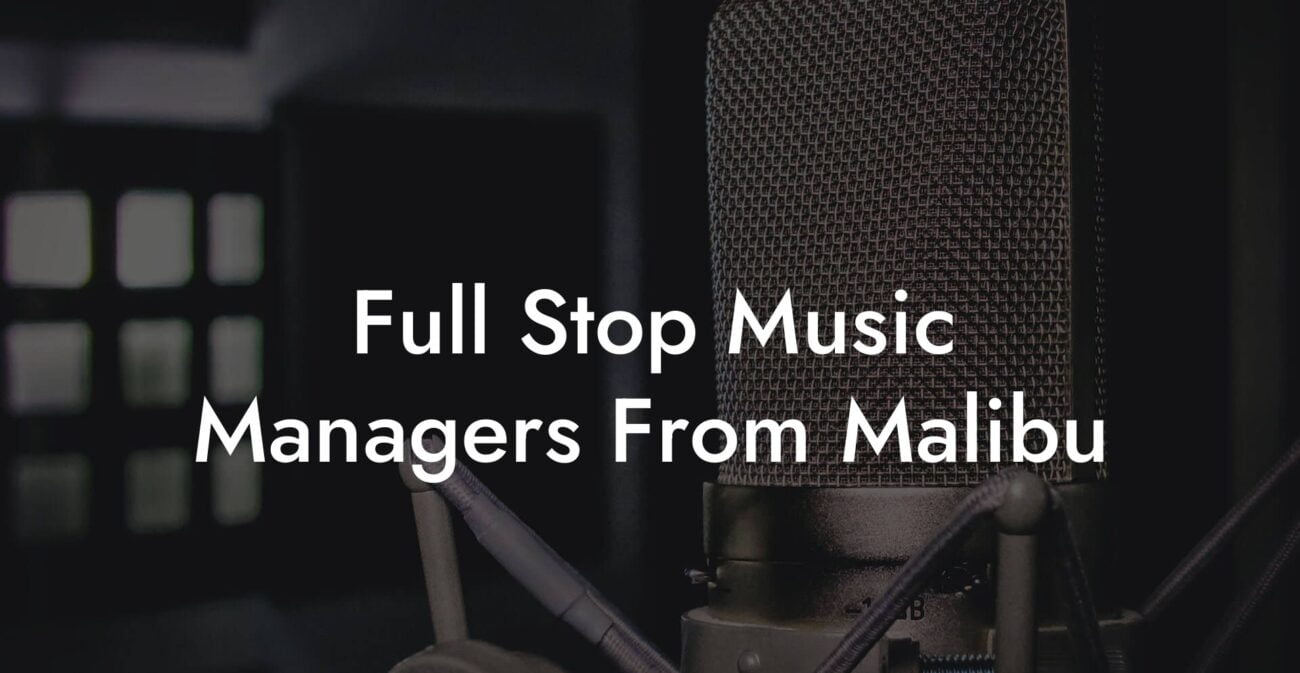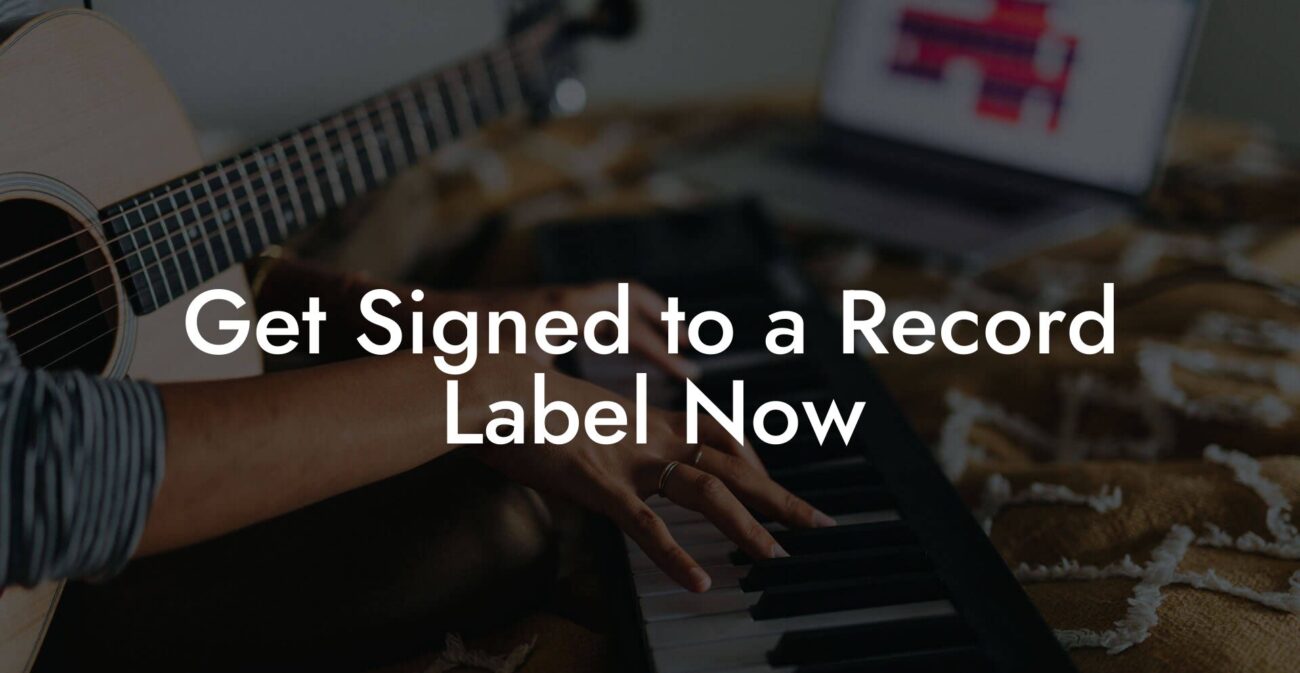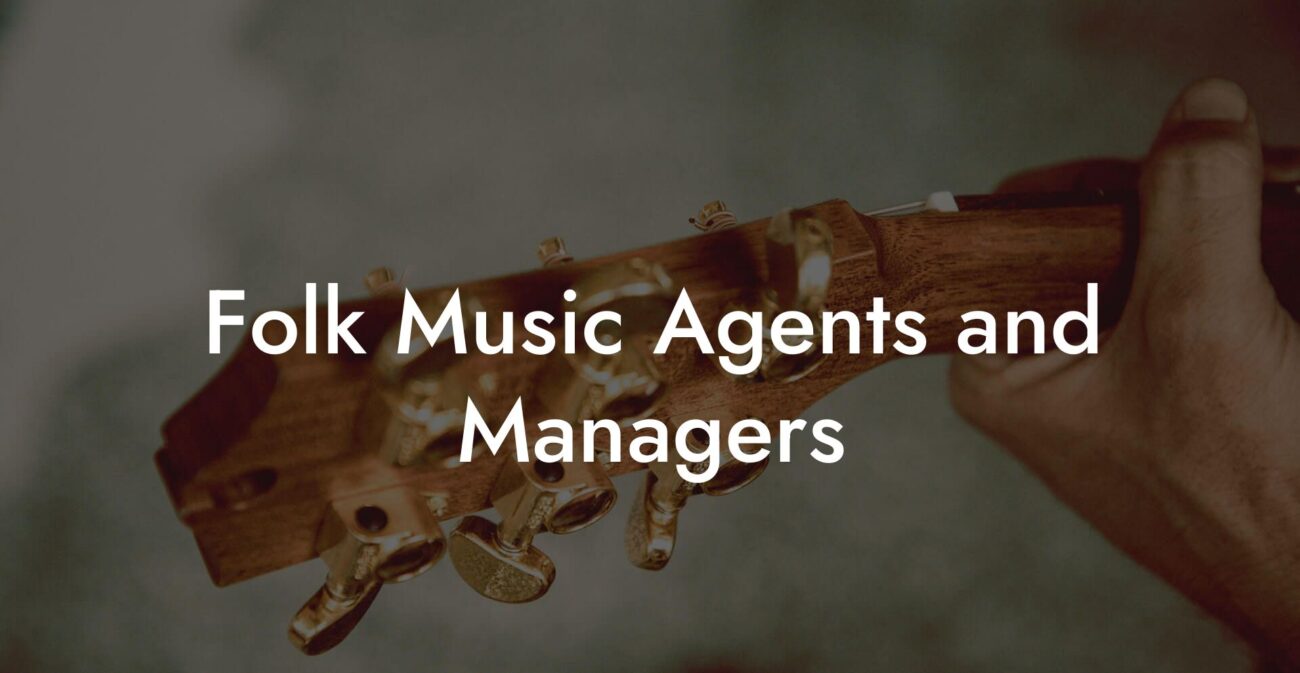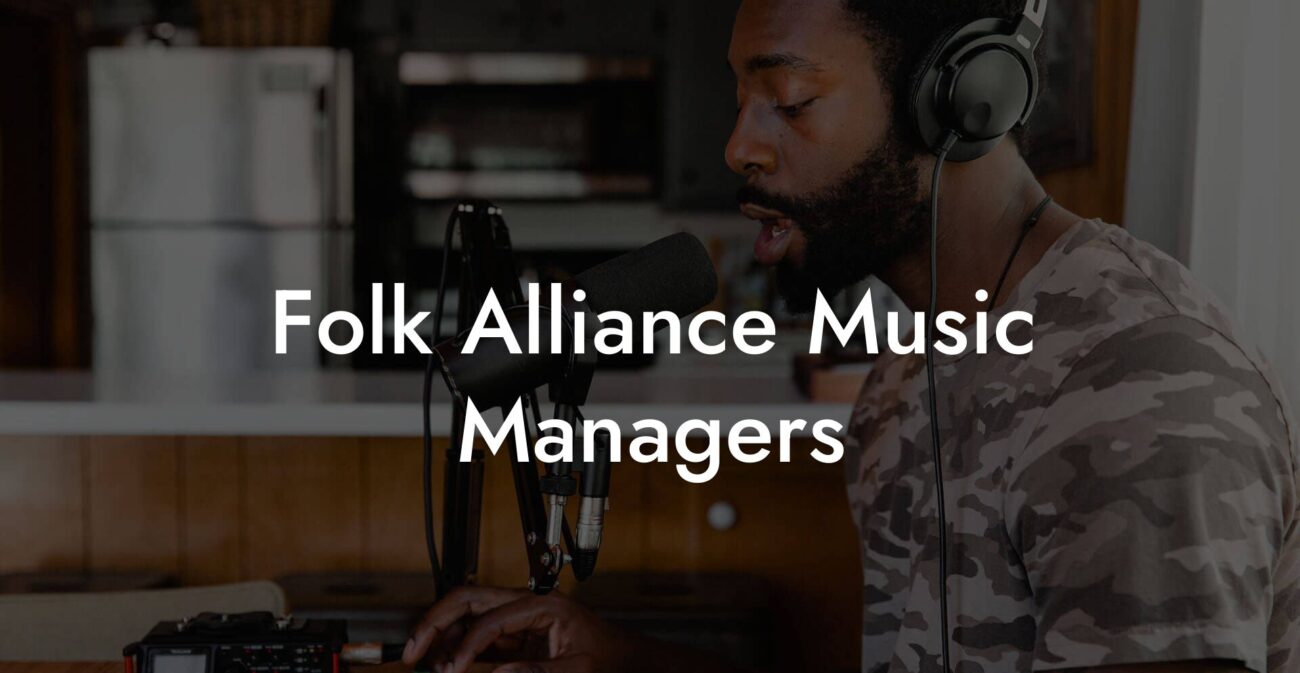Songwriting Advice
How To Write A Song Lyrics Step By Step For Beginners

Ever found yourself staring at a blank page, wondering how on Earth to translate those wild midnight thoughts into killer song lyrics? Welcome to your ultimate guide on how to write song lyrics step by step for beginners! Whether you’re a bedroom rapper, a wannabe indie poet, or a pop star in the making, this guide will be your trusty roadmap sprinkled with humor, creativity, and a few epic songwriting secrets. Let’s break the ice and get those creative juices flowing—no more awkward silences between verses!
Looking to write your next song? Transform your creative ideas into songs that people will love, and skyrocket your music career with Lyric Assistant. The perfect songwriting assistant. Find out more →
Quick Links to Useful Sections
- Understanding the Heart and Soul of Song Lyrics
- Step 1: Finding Your Muse and Igniting Inspiration
- Step 2: Brainstorming and Freewriting Your Ideas
- Step 3: Structuring Your Song: Verses, Chorus, and Bridge
- Step 4: Experimenting with Rhyme, Meter, and Wordplay
- Step 5: Breathing Life into Your Lyrics with Emotion and Authenticity
- Step 6: Editing and Refining Your Masterpiece
- Step 7: Leveraging Digital Tools and Community for Creative Boosts
- Step 8: Advanced Techniques - Experiment, Collaborate, and Break the Mold
- Resources and Community Support: Your Next Steps
- FAQs: Your Songwriting Questions Answered
- Your Songwriting Journey Begins Now
Understanding the Heart and Soul of Song Lyrics
Song lyrics are more than just words on a page—they’re the emotional blueprint of your musical identity. Think of them as the diary entries of your soul, ready to be transformed into a catchy hook or a ballad that tugs at heartstrings. In today’s fast-paced digital era where every Spotify playlist and TikTok snippet competes for attention, crafting lyrics that resonate is both an art and a science.
As you embark on this songwriting journey, remember that lyrics are your chance to share a unique story, your personal manifesto, or even your inner monologue in the most creative way possible. Whether you’re aiming for deep, introspective verses or just trying to pen a fun anthem for your next road trip, understanding the core purpose and emotion behind your words is essential. It’s all about capturing the vibe, feeling, and moment—and occasionally, that spontaneous burst of genius that makes you say, “I just nailed it!”
Songwriting isn’t reserved for the ultra-talented; it’s a playground for anyone ready to experiment with words, rhythms, and emotions. And now, with the help of tools like Lyric Assistant, crafting those perfect lines becomes less of a chore and more of an exhilarating creative adventure!
Step 1: Finding Your Muse and Igniting Inspiration
Before you can start scribbling down lyrical gold, you need to tap into what makes you tick. Inspiration can be as elusive as a sneaky chorus line or as obvious as that catchy beat stuck in your head. The key is to remain open and receptive to all types of stimuli—you never know when a random conversation, a breathtaking sunset, or a quirky meme might spark the next big hit.
Write Lyrics Like a Professional Songwriter
The ultimate songwriting tool that takes your creative vision to the next level! With just a few clicks, you can unleash your inner songwriter and craft a hit that's uniquely yours. Your song. You own it.
Here are some fun and practical ways to get that creative spark fired up:
- Jam Out: Listen to a diverse mix of music. Sometimes, a completely different genre can give you a fresh perspective on rhythm and lyricism.
- Keep a Notebook Handy: Whether it’s a physical journal or a note app on your phone, jot down random ideas, phrases, or even nonsensical words. Inspiration often shows up when you least expect it.
- Embrace the Mundane: That everyday moment might hold the key to a universally relatable lyric. Whether it’s your morning coffee ritual or the hustle on the subway, find beauty in the small details.
- Social Media Scrolling: Yes, your scrolling habit might just serve a greater purpose. Check out trending topics, heartfelt reels, or even wild Twitter threads for ideas.
Remember, there’s no wrong time to get inspired. Sometimes, the best songwriting ideas come in the most unexpected moments—like a night out with friends or a quiet evening with your thoughts.
And if you ever feel stuck, just think of Lyric Assistant as your creative sidekick, ready to help translate your fleeting brainwaves into lyrical brilliance.
Step 2: Brainstorming and Freewriting Your Ideas
Now that you’ve got a glimmer of inspiration, it’s time to let your thoughts run wild. Brainstorming is all about putting pen to paper (or fingers to keyboard) and letting your ideas flow without judgment. This is your creative playground—no idea is too silly, too unconventional, or too raw.
Freewriting is a fantastic way to unlock creative blocks. Set a timer for 10 or 15 minutes and write nonstop about your feelings, experiences, or even abstract concepts without worrying about grammar, punctuation, or rhyme schemes. Often, these unfiltered scribbles can be the seed of your next great lyric.
To get started:
- Set the Scene: Choose a cozy corner, blast your favorite playlist, and let your mind wander.
- Don’t Edit: Write relentlessly. Embrace the chaos of your thoughts, and save the editing for later.
- Use Prompts: Sometimes a simple question like “What makes me happy?” or “What am I struggling with?” can unlock deeper emotional reserves.
- Mix Emotions: Switch between humor, sadness, excitement—get your emotional spectrum involved. The more you experiment, the richer your lyrics become.
Brainstorming not only helps you capture ideas but also aids in identifying the recurring themes or messages that resonate with you. Over time, these themes can evolve into a coherent narrative that forms the backbone of your song.
Step 3: Structuring Your Song: Verses, Chorus, and Bridge
With a treasure trove of ideas now in your arsenal, it’s time to organize them like a seasoned architect designs a masterpiece. A typical song is divided into sections—verses, a hook or chorus, and perhaps a bridge—that work together to create a compelling story.
Verses: Think of verses as chapters in your mini-novel. Each verse should build upon the story, adding layers of meaning, context, or emotion. They’re the narrative arc that gradually unfolds your message.
Chorus: Ah, the chorus—the catchy, repetitive beacon of your song. This is the part listeners hum days after the first listen. It encapsulates your main theme or emotion in a way that’s both memorable and universally appealing.
Bridge: Bridges provide a refreshing twist. They’re like the unexpected plot twist in your favorite TV show. A bridge can introduce a new perspective, amplify the emotion, or simply offer a break before diving back into the chorus.
Here’s a quick formula to remember:
- Start with a hook: Grab your listeners’ attention right away.
- Develop the story in the verses: Build up your narrative without overwhelming your audience.
- Deliver an unforgettable chorus: Craft a refrain that listeners can’t help but sing along to.
- Add a bridge for variety: Keep things interesting with a contrasting section that revitalizes the song.
The beauty of songwriting is that there’s no one-size-fits-all formula. Play around with this structure, ignore it completely on days when the muse strikes, and remember that sometimes the best hits come from breaking the rules!
Step 4: Experimenting with Rhyme, Meter, and Wordplay
Let’s get technical (but, like, fun technical)! Rhymes, rhythm, and clever wordplay are the secret sauce in any memorable lyric. They create cohesion and give your song that polished, professional feel—even if your content is delightfully quirky.
Start by experimenting with different rhyme schemes. Whether you opt for classic rhymes or decide to throw in some slant rhymes to keep your audience guessing, the key is consistency and creativity. Rhyme schemes can act as the framework that supports your overall narrative.
Meter is another critical piece of the puzzle. It’s the rhythm that makes your listeners tap their feet or nod along. Even if you’re not a trained poet, getting a feel for the natural cadence of your words can transform a clunky verse into a flowing masterpiece.
And don’t forget wordplay! Puns, metaphors, and double entendres add a playful twist and invite your audience to engage with your lyrics on a deeper level. Sometimes a well-placed pun is all it takes to turn a good lyric into a great one.
The trick is to balance creativity with clarity. While intricate wordplay can showcase your witty side, make sure your message doesn’t get lost in the shuffle. Your goal is to connect with your listeners, whether they’re decoding your clever twists or simply enjoying the beat.
Experiment freely—try writing several versions of your lines. One day, you might stumble upon a rhyme or phrase that changes your whole perspective. And if it feels like you’re hitting a wall, remember that even the greatest songwriters once wrote a ton of drafts before striking lyrical gold.
Step 5: Breathing Life into Your Lyrics with Emotion and Authenticity
Great lyrics resonate because they’re real. They’re imbued with emotion, raw honesty, and those little imperfections that make you human. Whether you’re writing about love, loss, joy, or the downright absurdities of life, authenticity is the glue that binds your listeners to your story.
To add emotional depth:
- Be Vulnerable: Don’t be afraid to share your personal experiences. Those raw moments of vulnerability often lead to the most relatable and heart-stirring lyrics.
- Use Imagery: Paint pictures with your words. Instead of stating the obvious, evoke feelings with detailed, sensory language that brings your story to life.
- Stay True to Yourself: Authenticity resonates more than perfection. Write the way you speak, and let your quirks shine through.
- Experiment with Tone: Mix a little humor with sincerity. After all, life is a roller coaster of emotions, and sometimes a clever twist or a tongue-in-cheek line can make your lyrics both powerful and memorable.
Injecting your personality into your lyrics is what transforms a string of words into a living, breathing piece of art. So, harness those deep emotions and let them guide your creative process.
Step 6: Editing and Refining Your Masterpiece
Congratulations! You’ve got your ideas, your structure, and a rough draft that’s bursting with potential. Now comes the editing phase—where you take a step back, don a critical hat, and refine your lyrics into something truly spectacular.
Editing is about balancing creativity with clarity. Read your lyrics aloud, listen for the flow, and don’t be afraid to trim away any unnecessary lines. Ask yourself, “Does this add to my story?” or “Can this phrase be even more impactful?” Sometimes, a small tweak can make a world of difference.
Consider these editing tips:
- Take a Break: Step away from your work for a few hours (or even a day). Fresh ears often spot flaws you might have missed after hours of continuous writing.
- Seek Feedback: Share your lyrics with trusted friends or fellow musicians. They might offer a unique perspective that helps you polish your work.
- Read Aloud: Hearing your lyrics in real-time can help you catch clunky phrases or awkward rhythms. It’s like auditioning your song before it actually hits the stage.
- Use Tools: Don’t underestimate the power of digital aids—apps like the Lyric Assistant can offer suggestions, check for rhymes, and even highlight areas where your lyrics can be tightened up.
Remember, the goal of editing isn’t to erase your unique voice but to let it shine even brighter through clarity and polish. Embrace the process—it’s a sign of a dedicated songwriter who cares about every single word.
Step 7: Leveraging Digital Tools and Community for Creative Boosts
In this digital age, you’re not alone on your songwriting journey. Tools like Lyric Assistant are game-changers, offering cutting-edge features that help you refine your drafts, discover new rhymes, and seamlessly integrate creativity with technology.
When you combine digital resources with community feedback, magic happens. Online forums, social media groups, and songwriting workshops offer a space where you can share your work, gain valuable insights, and even collaborate with other passionate creators. Embrace the collective wisdom of fellow musicians—the power of community might just be the secret ingredient to your next viral hit!
Digital tools can help with:
- Rhyming Suggestions: Get real-time feedback on the flow and rhyme of your verses so you can polish them to perfection.
- Collaborative Editing: Share your lyrics with a supportive community that offers constructive criticism, fresh ideas, and encouragement.
- Template Structures: Use built-in song templates that help structure your verses, chorus, and bridge with ease—ideal for beginners looking for guidance without stifling creativity.
Remember, inspiration can flow both from within and from those around you. Engage with fellow songwriters, attend virtual open mics, and don’t hesitate to show off your work. The digital landscape is full of opportunities waiting to be tapped—so go on, join the conversation, and let your creative spirit soar!
Step 8: Advanced Techniques – Experiment, Collaborate, and Break the Mold
Once you’ve mastered the basics, it’s time to unleash your inner rebel. Advanced songwriting techniques involve shaking up traditional methods and daring to do the unexpected. Experiment with unusual song structures, unexpected chord progressions, or even non-linear narratives. Think of your favorite artists—you’ll often notice that their risk-taking is what set them apart.
Collaboration can also open exciting doors. Partnering with a fellow musician or lyricist can bring in fresh ideas and challenge your creative boundaries. You might find that someone else’s perspective is exactly what your lyrics need to evolve into something transformative.
Further advanced tips include:
- Mix Genres: Don’t limit yourself to one musical style. Combine elements from different genres to create a sound that’s uniquely yours.
- Employ Storytelling: Weave narratives that transport your listener to another world—be it a fantastical journey or a raw reflection on modern life.
- Break the Rules: Once you’ve mastered conventional techniques, intentionally break the norm. Play with syntax, disrupt rhyme schemes, or experiment with repetitive phrases to create memorable hooks.
- Visual Aids: Sometimes, drawing a visual map of your song structure or creating mood boards can help solidify your creative vision. Use apps and digital collages to keep your creative momentum.
Embracing innovative techniques doesn’t mean abandoning the basics—it’s about exploring the vast spectrum of creativity until you find that signature sound that speaks to your heart (and your audience’s playlists).
Resources and Community Support: Your Next Steps
Stepping into the world of songwriting means stepping into a vibrant community of creators. There are blogs, podcasts, online courses, and social media groups dedicated to nurturing the art of lyric writing. Consider joining songwriter forums where you can share your drafts, receive feedback, and participate in creative challenges that push you to evolve.
Here are a few resources to get you started:
- Online Courses and Tutorials: Platforms like YouTube, Skillshare, and Coursera offer step-by-step guides geared towards beginners looking to dive deeper into lyric writing.
- Songwriting Workshops: Look for local or virtual meet-ups where you can interact with experienced songwriters, experiment with new techniques, and gain invaluable insights.
- Books and Blogs: Explore literature on songwriting, from technical guides to biographies of your favorite musicians, to broaden your perspective.
- Community Platforms: Engage with communities on Reddit, Discord, or Facebook groups dedicated to songwriting. Sharing your work and experiences can not only boost your confidence but also spark innovative ideas.
- Lyric Assistant: Our very own tool is designed to streamline the lyric writing process. From rhyming suggestions to structured layouts, Lyric Assistant is your partner in crafting those memorable verses.
Remember, you’re not alone on this creative journey. Tapping into community resources, mentorship, and digital tools can reinforce your musical ambitions and elevate your craft to new heights.
FAQs: Your Songwriting Questions Answered
We know that stepping into the songwriting arena can feel overwhelming at times, so here are some frequently asked questions to clear up any doubts and keep you inspired:
1. How do I overcome writer’s block when writing song lyrics?
Writer’s block is totally normal. Try switching your environment, freewriting, or even taking a short break. Listening to different genres or using digital tools like Lyric Assistant can also help break the wall of silence.
2. What if my lyrics don’t rhyme perfectly?
Perfect rhyme isn’t a necessity. Slant rhymes, assonance, and near rhymes can add a unique charm. The most important aspect is that your lyrics convey the intended emotion and message.
3. How can I ensure my song has a memorable hook?
Focus on a strong, central theme and repeat your best lines in the chorus. Experiment with rhythm and wordplay until the hook sticks. Sometimes a little repetition is all it takes to make it unforgettable.
4. Should I write lyrics before or after composing music?
There’s no one-size-fits-all answer. Some writers prefer to develop lyrics first and then find a tune, while others craft the music first and let the words follow. Experiment with both approaches to see which resonates with you.
5. How can digital tools like Lyric Assistant help me?
Lyric Assistant provides real-time feedback on rhyme, structure, and creativity. It can help streamline your writing process, offer suggestions, and even inspire you with templates tailored for your style.
6. What’s the best way to get feedback on my lyrics?
Engage with songwriting communities and social media groups. Don’t be shy—share your work with trusted friends, mentors, or online forums. Feedback is essential for growth and often offers new perspectives.
7. Can I write a hit song without formal training?
Absolutely! Passion, persistence, and a willingness to experiment are just as valuable as formal training. Many legendary artists are self-taught who honed their craft by writing consistently and learning from their mistakes.
8. How long does it usually take to write a complete song?
It varies widely—sometimes minutes, sometimes months. The key is to stay persistent and keep refining your craft. Just remember, every masterpiece took time to come to life.
Dive into the process, be open to experimentation, and remember: songwriting is a journey, not a destination!
Your Songwriting Journey Begins Now
Now that you’re armed with a step-by-step guide to writing your own song lyrics, it’s time to dive in and let your creativity roam free. Whether you’re scribbling down the first draft in your notebook, recording rough ideas on your phone, or using Lyric Assistant as your trusty co-writer, remember that every legendary hit started with a single word.
Embrace the highs and lows of the creative process with humor, authenticity, and a healthy dose of experimentation. Celebrate your breakthroughs, learn from your missteps, and know that every line you write is a step closer to your musical masterpiece.
So go ahead—turn up your favorite track, grab your instrument (or just your headphones), and set the stage for your lyrical debut. The world is waiting to hear your story, one verse at a time. Trust your twist on words, enjoy the ride, and never stop creating!
And remember, if you ever find yourself stuck in a creative rut, Lyric Assistant is here to help make your songwriting journey a whole lot more fun and effortless. Your next hit single is just a beat—and a beautifully crafted line—away.
The mic is yours; let your voice shine through and rock on!
Write Lyrics Like a Professional Songwriter
The ultimate songwriting tool that takes your creative vision to the next level! With just a few clicks, you can unleash your inner songwriter and craft a hit that's uniquely yours. Your song. You own it.

